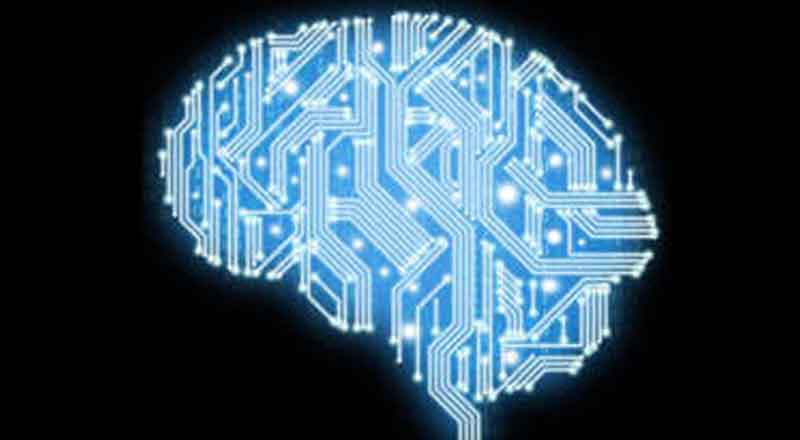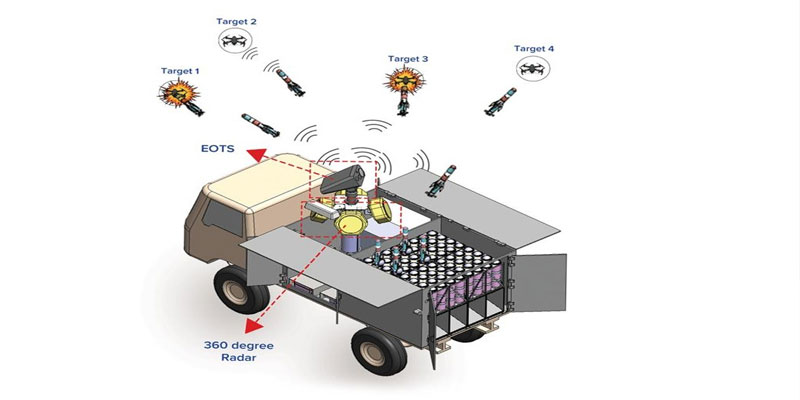How connecting the right technologies, strategies and people can help future proof your business
Think about the systems and processes your business uses daily. These systems are your company’s nervous system. The key to sustaining your business is understanding where these systems are struggling and developing strategies to ensure your enterprise stays healthy and robust in the long term.
Bill Gates popularised the phrase ‘digital nervous system’ in his 1999 book Business @ the Speed of Thought, outlining how all systems and processes should be brought together under one common structure in order to enable success. With businesses in 2020 resembling organic systems more than Gates could have envisioned, the need to keep them healthy is more vital than ever. The talk of business agility, business digitisation, and how data analysis with automated systems, is transforming how businesses operate is compelling and imperative.
In its November 2019 report on digital transformation, IT services company Cognizant states: “Data may be the new fuel, but the engine won’t run unless the fuel is ‘refined.’ If your company is like most, your data looks more like Lego pieces scattered on the floor than something you could use to generate value. Analytics, applied AI, automation and other value-generating technologies can deliver value at scale only with data that’s correctly structured.”
Chris Huff, chief strategy officer at Kofax, tells IT Pro: “Leveraging intelligent automation to create a ‘connective tissue’ that bridges current silos or stacks of systems – such as ERP (Enterprise Resource Planning), CRM (Customer Relationship Management), BI (Business Intelligence) and legacy mainframe, is becoming the critical pillar of many digital transformation strategies.”
Technology, though, is just one component of a healthy digital nervous system. Consultancy firm Prophet notes in its 2019 State of Digital Transformation report: “Digital transformation is extending well beyond its roots to reshape businesses holistically. 85% of companies we surveyed reported that their digital transformation efforts have expanded beyond IT into organisation-wide initiatives. This is promising as it means a significant number of companies are moving deeper into the six stages of digital transformation.”
Data is also now a vital component of your business. Using the nervous system analogy, data becomes the blood supply for the systems your company uses. What has become abundantly clear over the last few years, is those enterprises that have a clearly defined and implemented data strategy are the leaders in their market sectors.
Smart people systems
It’s something of a cliché to say people are a business’ most precious asset. However, many companies fail to make the most of this resource once they have it.
Jenna Filipkowski, PhD, head of research at the Human Capital Institute says: “Organisations make significant investments to source and recruit the best candidates, but often leave these same individuals to find their own way around the organisation once they start. HR leaders need to re-evaluate how onboarding programs are structured and deployed within their organisations.”
Also, speaking to IT Pro, Seth Shearer, vice president of global field engineering at Lucidworks – an AI-powered data analysis company – says: “Artificial intelligence, better data structuring, and information access interfaces all play together to create a much more intuitive data access and insight delivery process. Just like a human’s nervous system that’s constantly processing new information and being influenced by an unexpected change to inform smarter decisions then (hopefully), a business must be agile and constantly adjusting to keep insights pathways open to continue evolving.”
Businesses also need to move away from thinking that the implementation of new technologies – such as AI – are enablers and not threats, as Andi Britt, vice president, IBM Talent and Engagement Euro explains: “It’s important to see AI as an enabler, not as a threat to the HR function. This kind of transformative technology works best when designed and implemented with humans at the centre. However, used smartly, AI will empower HR people to drive business decisions.”
It’s easy to forget the human component when developing the digital nervous system your business needs. As Bernard Marr, author of Artificial Intelligence in Practice tells IT Pro, it’s always people first, technology second:
“I have seen many AI projects fail because they only focused on the cost element and forgot the customer experience. If … the AI project can improve the candidate experience, reduce bias, and significantly reduce costs, you have a winning business case. When I work with HR teams to help them identify their strategic use cases we start with their strategic HR and business goals and then explore where technology such as AI and machine learning could deliver the best improvements. We don’t start with the technology.”
Technology, can though, deliver the insights businesses need to make their nervous systems work more efficiently. “When HR departments have access to aggregated physiological and psychological data insights, employers can then use this anonymised data to find out what their workers need to be healthy, happy, and productive,” says Constanza Di Gennaro, chief operating officer at BioBeats.
“Implementing new and improved tools in the workplace will help push wellbeing up the corporate agenda, transform people’s working lives and improve mental health across the globe. When we look at the business cost around poor wellbeing at work, the business value of investing in technologies that will allow HR departments to mitigate productivity loss is significant when viewed in this context.”
Building intelligence
Building a comprehensive nervous system for your business, of course, has a technology component. It’s critical, though, to use technology to deliver a well-defined strategy.
by: David Howell





